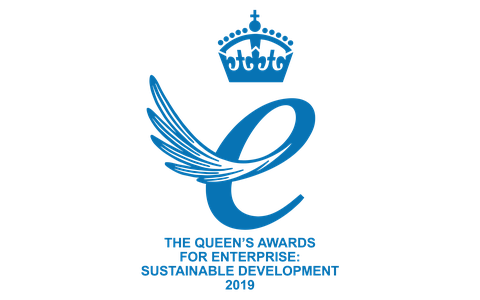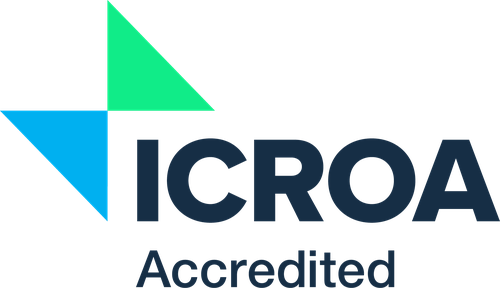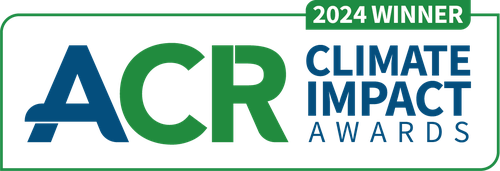Rob Stevens, Director of Product Development, has been busy helping to pave the (run)way for CORSIA – the Carbon Offsetting and Reduction Scheme for International Aviation – joining panels at Airline Economics Week and Abatable and Gold Standard’s session exploring the interplay between CORSIA and Article 6.
Read his expert insights below, answering some of the pressing CORSIA questions.
Start at the top, what is CORSIA?
Rob: Developed by the International Civil Aviation Organization (ICAO), the Carbon Offsetting and Reduction Scheme for International Aviation (CORSIA) is a global scheme where airlines will be required to offset any growth in CO2 emissions above 2019-2020 levels. It is the first market-based carbon reduction scheme to cover an entire industry.
The aim of CORSIA is to stabilize aviation’s net CO2 emissions to 2020 levels, while other emissions reduction measures such as technology, sustainable aviation fuel, operations and infrastructure improvements are developed and embedded.
The aviation industry has a mid-term climate goal of carbon-neutral growth from 2020 onwards and CORSIA forms a part of that strategy, with the eventual aspiration of net zero carbon emissions by 2050.
How does CORSIA work?
Rob: Airlines will be required to purchase something called Eligible Emissions Units (EEUS) to offset any growth in emissions against a pre-agreed baseline. It is set to be delivered across three phases. It is voluntary for nation states to participate in the first two phases. (Pilot Phase 2021-2024 and First Phase 2024-2026). 126 states have volunteered to participate in the First Phase. From 2027 onwards, CORSIA will be mandatory and will cover all international flights (with a few exceptions).
The challenge we face is that ICAO forecasts that the industry requires between 65-160 million credits for the First Phase – there are not many eligible credits on the market, although this week Guyana has announced the issuance of 7 million credits under the Architecture for REDD+ Transactions (ART) standard that will be eligible for this current CORSIA phase.
How do you bring CORSIA credits to the market?
Rob: That really is the 100 million tonne question, but we hope momentum starts to build and we can close the gap millions of tonnes at a time. That requires the certification standards to gain approval by ICAO. So far, ICAO has approved six carbon credit standards for CORSIA’s First Phase.
Winrock International’s American Carbon Registry (ACR) and Architecture for REDD+ transactions (ART Trees) have been fully approved. The Climate Action Reserve, Global Carbon Council, the Gold Standard and Verra’s VCS Program have been conditionally approved – once they are fully approved it will really help with the supply of credits.
Critically, CORSIA eligible credits must be from 2021 onwards and correspondingly adjusted to avoid double counting e.g. a nation state cannot count them towards their nationally determined contributions (NDCs) as well as being counted towards an airline's emission reduction targets.
Is CORSIA the same as the voluntary carbon market?
Rob: My sense is that across the industry there’s been some conflation between the voluntary action we see from corporates using the voluntary carbon markets to meet their climate targets, including many airlines, and CORSIA which is a compliance requirement. Participation in CORSIA for airlines is not voluntary and there will be penalties for non-compliance.
We would therefore urge airlines to engage with CORSIA as soon as possible given the potential challenges we are going to see around supply. In addition to forecast demand for the First Phase, required annual volumes from 2028 onwards are estimated to increase rapidly.
What is your advice to airlines?
Rob: Judging from discussions we have had recently; many airlines are still in an education phase on this. They are dipping their toes in the water, with a view to developing their CORSIA strategies. It is good we are seeing the industry start to learn more about CORSIA, but we believe that the urgency levels should be turned up a notch.
Given the lead times in project and credit development, and the infancy of the Article 6/Corresponding Adjustments infrastructure, we don’t have much time to bring credits to the market. We understand that this is complicated, and airlines have many competing priorities, but this is one that demands attention now.
Greater engagement from airlines can help to facilitate greater cohesion across the market, helping to work through supply challenges and ensuring that we find the answer to the 100 million tonne question together.
If you would like to discuss CORSIA further please contact our expert team
If you would like to discuss CORSIA further please contact our expert team

Given the lead times in project and credit development, and the infancy of the Article 6/Corresponding Adjustments infrastructure, we don’t have much time to bring credits to the market. We understand that this is complicated, and airlines have many competing priorities, but this is one that demands attention now.










